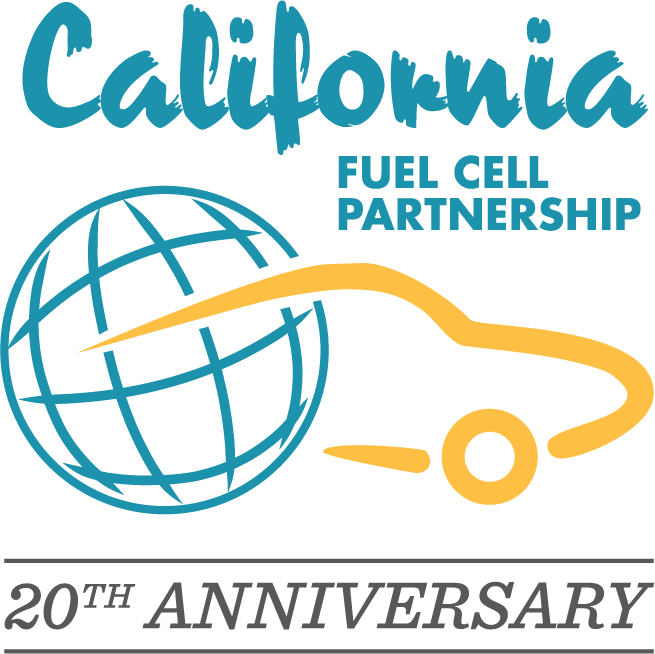
Earlier this year, we quietly celebrated our 20th anniversary as the California Fuel Cell Partnership in a blog post. We were launched on Earth Day 1999 with a goal to bring together automakers, government, private industry and others to further fuel cell technology for transportation.
Last week, we culminated our 20th anniversary with a celebration in Sacramento.